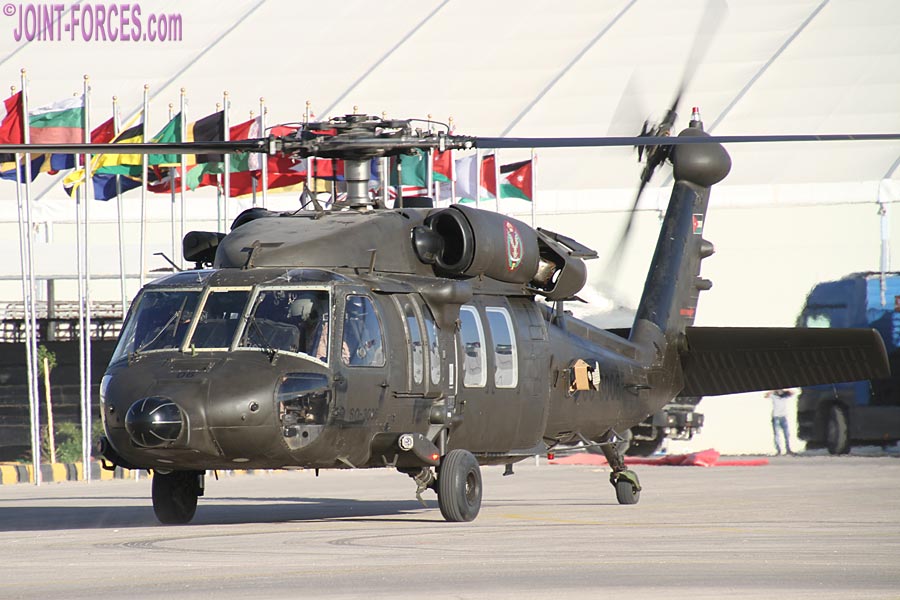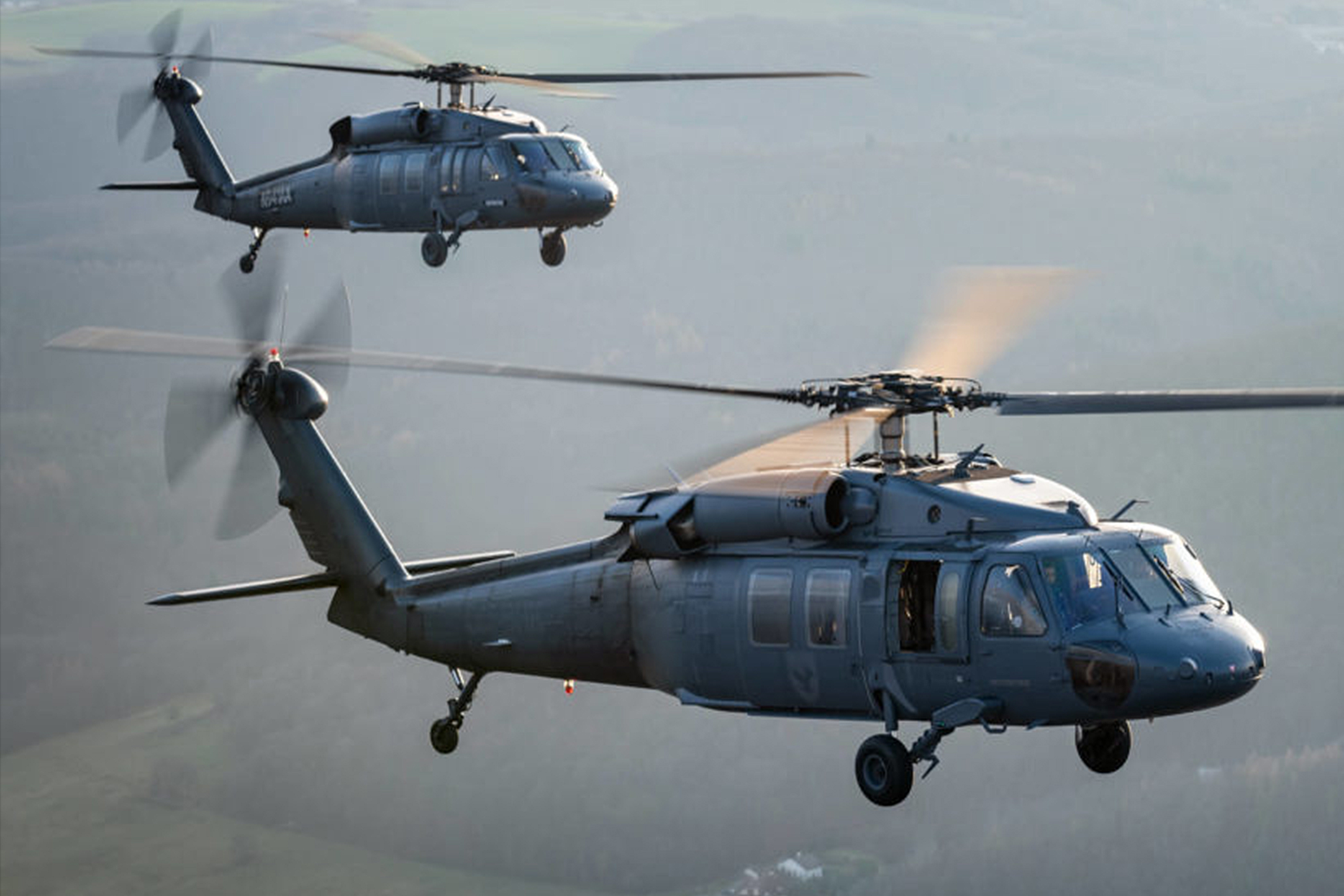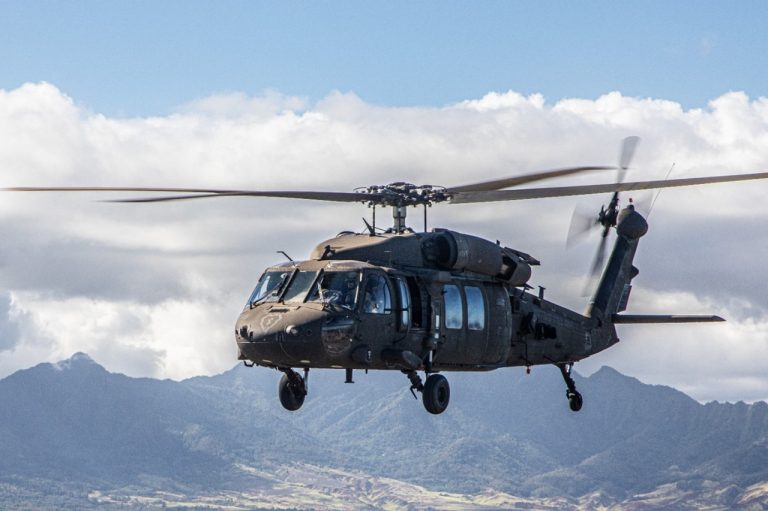UH 60 Helicopter: Advanced Avionics and Combat Systems
UH 60 Helicopter: Advanced Avionics and Combat Systems
Blog Article
Checking Out the Innovative Technology Behind Airplane Layout and Design
The area of aircraft design and design is seeing a transformative shift driven by cutting-edge innovations that enhance sustainability, efficiency, and efficiency. As the sector grapples with the difficulties of ecological obligation, developments in lasting aviation modern technologies guarantee to improve the future.
Advanced Materials in Airplane Style
How can the combination of advanced materials change aircraft layout? The incorporation of advanced products, such as carbon fiber composites, titanium alloys, and progressed porcelains, plays an essential duty in improving airplane efficiency and efficiency. These products supply exceptional strength-to-weight proportions, enabling producers to decrease general airplane weight without endangering architectural integrity. This decrease in weight straight adds to boosted fuel performance and boosted haul ability.
Furthermore, advanced materials display improved resistance to rust and exhaustion, leading to lower upkeep expenses and prolonged solution life. The use of titanium in critical elements assists endure severe temperature levels and stress and anxieties, while carbon fiber compounds supply adaptability in design and production processes. This versatility permits for more wind resistant forms, adding to remarkable efficiency characteristics.
Furthermore, the integration of wise products, which can transform homes in action to external stimuli, opens up brand-new opportunities for adaptive systems in airplane design. uh 60. These technologies promise not just to improve safety and operational efficiency but also to add to sustainability initiatives by lessening environmental effect through reduced discharges. In summary, advanced products are redefining the landscape of airplane design, leading the way for a lot more reliable, resilient, and eco-friendly aeronautics services
Wind Resistant Innovations for Efficiency
Wind resistant developments play a crucial function in boosting airplane effectiveness, significantly influencing gas intake and general performance. Advances in airfoil style, such as the introduction of supercritical wings, permit optimized lift-to-drag ratios, lowering drag at transonic rates. These technologies make it possible for aircraft to keep greater rates with lower gas expenditure, directly impacting functional costs and ecological sustainability.
Moreover, the integration of winglets has actually confirmed reliable in mitigating vortex-induced drag at the tips of wings, additionally boosting gas effectiveness - uh 60. This design adjustment leads to a decrease in wake turbulence, adding to improved wind resistant performance during cruise ship conditions

In addition, computational liquid characteristics (CFD) devices have actually transformed the screening and improvement of wind resistant forms, permitting for precise simulations of airflow around aircraft (uh 60). This allows engineers to innovate constantly, making certain that modern airplane not only satisfy regulatory requirements yet also push the borders of effectiveness in aeronautics

Role of Computer System Simulations
Computer simulations have actually come to be an indispensable tool in the area of aircraft design, enabling designers to conduct thorough analyses and optimizations of different style aspects. These simulations enable for the online screening of wind resistant residential properties, architectural honesty, and performance metrics long before physical prototypes are built. By employing computational fluid characteristics (CFD) and finite aspect evaluation (FEA), engineers can anticipate how air flows around the airplane and just how various products will certainly react to tension and strain.
Additionally, computer simulations promote the exploration of a vast range of situations and variables, speeding up the style process and minimizing prices related to physical screening. This ability not just boosts have a peek at this site the accuracy of predictions regarding airplane actions yet likewise supplies insights right into prospective design renovations that may not be immediately obvious through standard techniques.

In addition, simulations aid ensure compliance with strict safety laws by enabling designers to recognize and correct possible issues early in the style stage. The integration of simulation technologies right into the aircraft design process highlights the substantial improvements in design methods, ultimately adding to the development of safer, extra effective, and eco pleasant aircraft.
Expert System in Design
Man-made knowledge (AI) is changing the design landscape, specifically in airplane style, by improving decision-making procedures and enhancing style process. Through artificial intelligence formulas, AI can analyze large datasets, revealing patterns and understandings that notify design selections and boost total efficiency.
AI applications in aircraft layout include generative design, where formulas create several style alternatives based upon defined parameters, allowing engineers to assess a wider range of opportunities. This not just increases the design phase however additionally makes sure that the last products meet stringent efficiency and safety standards.
Additionally, AI-driven predictive analytics facilitate upkeep organizing by examining historical data and predicting potential failures. This positive approach minimizes downtime and enhances aircraft dependability.
Additionally, AI help in simulation and modeling, allowing designers to test layouts under numerous conditions without the need for physical prototypes. This ability reduces advancement timelines and decreases expenses related to conventional testing approaches.
Lasting Air Travel Technologies
How can the aviation industry properly equilibrium development and environmental duty? The solution depends on the adoption of lasting aeronautics modern technologies that focus on performance and lower carbon emissions. Developments such as lasting aeronautics gas (SAFs), which are originated from eco-friendly sources, have arised as an important part in achieving lower lifecycle exhausts. look at here SAFs can substantially reduce the carbon footprint of flights, making them a practical option to standard jet gas.
Moreover, improvements in aircraft style, such as the development of lighter products and even more aerodynamically reliable forms, add to boosted gas performance. Electric and hybrid propulsion systems are likewise getting grip, using a path to minimize dependence on nonrenewable fuel sources and reduce greenhouse gas discharges.
The integration of these technologies is sustained by regulatory structures and sector partnerships focused on establishing enthusiastic sustainability targets. Electronic devices like data analytics and man-made intelligence can enhance flight operations, better enhancing gas performance. By embracing sustainable methods and technologies, the air travel industry can not only fulfill the growing demand for flight however likewise play a critical function in attending to environment change, ensuring a much more lasting future for air transport.
Final Thought
The convergence of advanced materials, wind resistant technologies, and innovative modern technologies notes a significant advancement in aircraft layout and design. Source The integration of carbon fiber composites, titanium alloys, and AI-driven procedures not just enhances performance and performance however likewise streamlines workflows and anticipating upkeep. The recurring development of sustainable aviation modern technologies emphasizes a dedication to environmental obligation, leading the way for a greener future in aeronautics. This continual innovation will form the market's trajectory for years to come.

Computer simulations have actually ended up being a vital tool in the field of aircraft style, allowing engineers to conduct thorough evaluations and optimizations of different design aspects.The convergence of innovative materials, wind resistant developments, and cutting-edge innovations notes a considerable advancement in airplane style and engineering.
Report this page